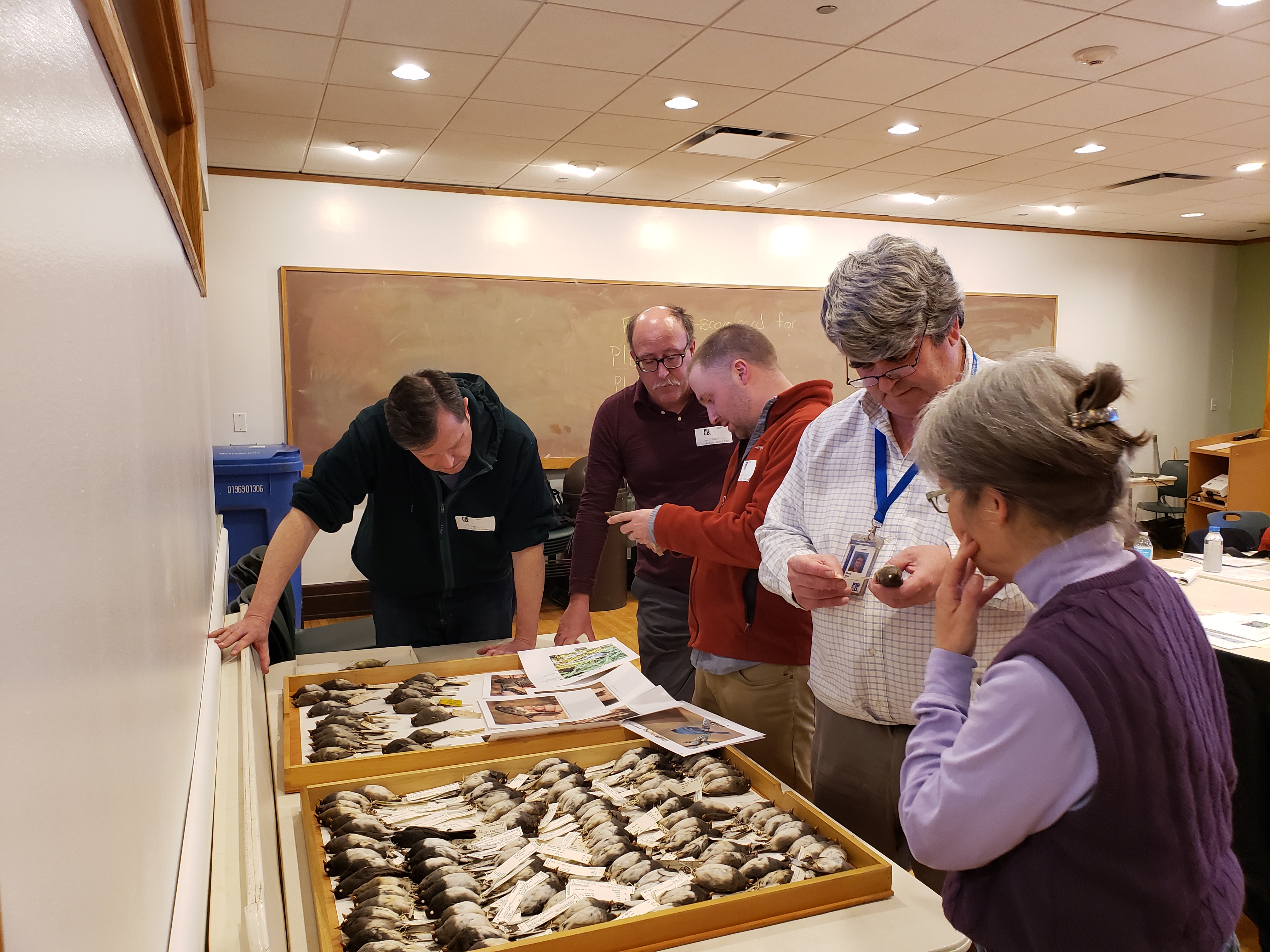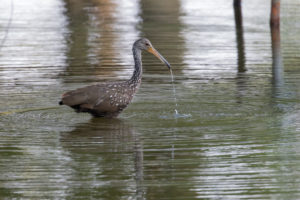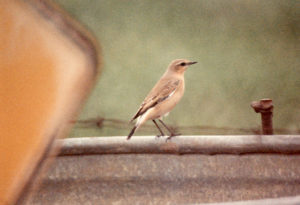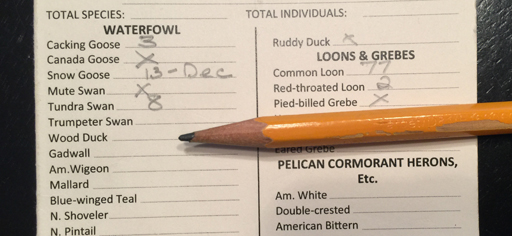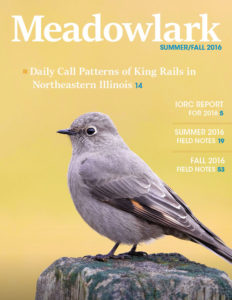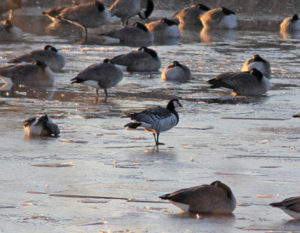IORC Update, 17 March 2020: Records Reviewed
The Illinois Ornithological Records Committee (IORC) recently concluded evaluations of five records of the occurrence of rare birds in Illinois and occurrence of regularly occurring species at unusual times. Among these, IORC accepted two of the records while not accepting three. Among the accepted records was the following addition to the list of species having occurred in Illinois: Small-billed Elaenia.
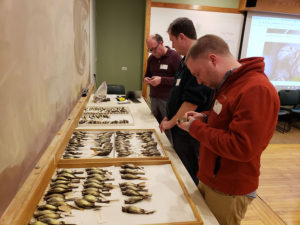
The records involved are summarized below. For each record, we indicate the species or form, with number of individuals in parentheses if greater than one, followed by date or date range, location, and county. The record number is indicated in parentheses, followed by, for accepted records, names of the documenters. If multiple documenters are listed, those understood by IORC to have been the original finders of the bird(s) are listed first and separated from the others by a semicolon. IORC thanks all the documenters, for accepted and unaccepted records alike, for their submissions. All documentation is maintained in the IORC archives so that there is a permanent record of all these observations. Documentation, regardless of the Committee’s decision, is a valuable part of the record of bird life in Illinois.
Records Accepted
- Small-billed Elaenia, 17-22 April 2012 at Douglas Park, Chicago, Cook County (2012-007; Aaron Gyllenhaal, Ethan Gyllenhaal; Mark Bowman, C.A. Bridge, Bonnie Duman, Matthew Fraker, Gordon Garcia, Nathan Goldberg, Jerry Goldner, Jim Hully, Stoil Ivanov, Ken Koontz, Nolan Lameka, Joshua Little, Lisa Rest, Ryan Sanderson, Brian Tang, Monte Taylor).
- Swainson’s Warbler, 3 May 2018 at Northwestern University, Evanston, Cook County (2018-069; Allison Sloan).
Records Not Accepted
- Barnacle Goose, 25-28 February 2019 at Waterfall Glen Forest Preserve, DuPage County and Bartlett Lake Prairie Wetland, Oswego, Kendall County (2019-002).
- Mottled Duck (2), 30 May 2013 at Montrose Point, Lincoln Park, Chicago, Cook County (2013-016). This was a resubmission of a previously accepted record, based on better understanding of detecting evidence of hybrid origin in this complex.
- Mottled Duck, 29 October 2013, 16 November 2013, and 28 April 2014 at Sangchris Lake State Park, Sangamon County (2013-065).

